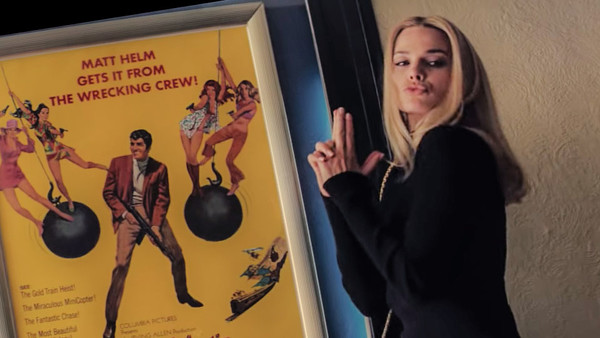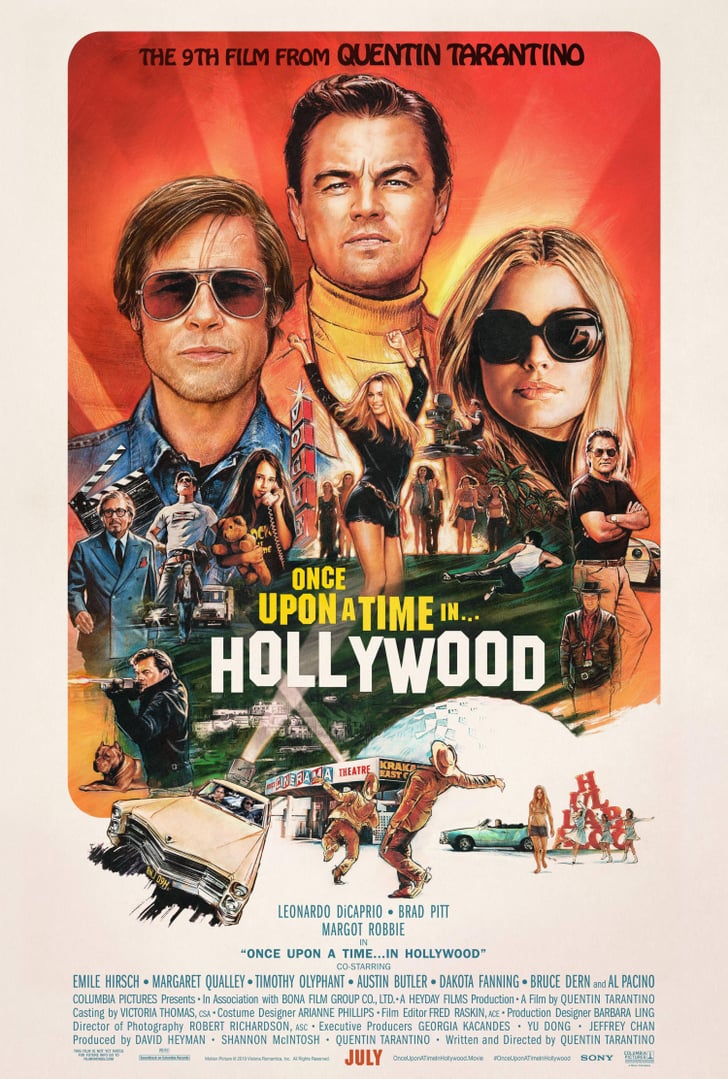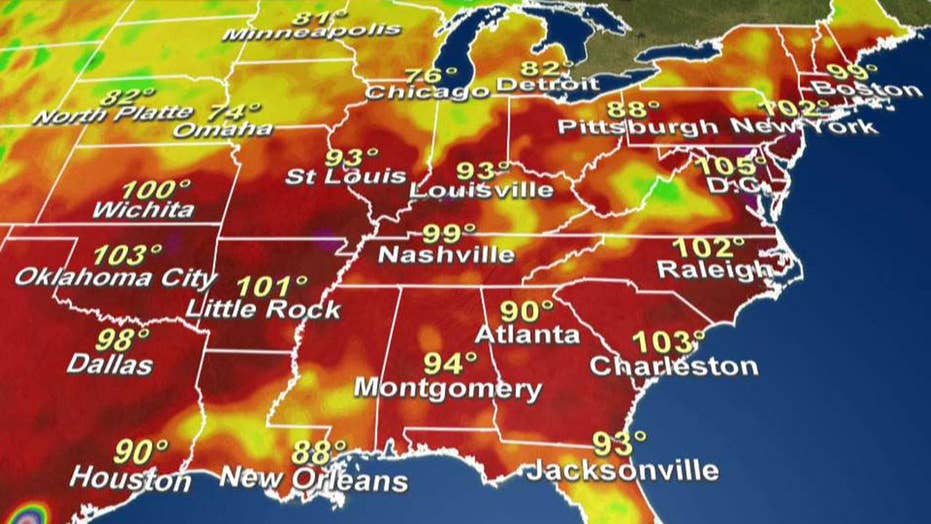By Kenneth Turan
https://www.latimes.com/entertainment-arts/movies/story/2019-07-24/once-upon-a-time-in-hollywood-quentin-tarantino-leonardo-dicaprio-brad-pitt-margot-robbie
July 24, 2019
:no_upscale()/cdn.vox-cdn.com/uploads/chorus_asset/file/16204308/940ccd26_ec1a_4d4f_a3d7_8c4a7a6d179e_VPCTRAILER_ONCE_UPON_A_TIME_IN_HOLLYWOOD_DESK_THUMB.jpg)
I go back with Quentin Tarantino, way back, starting with being in the room at 1992’s Sundance Film Festival when his debut feature, “Reservoir Dogs,” had one of its very first screenings.
When a visibly pained audience member asked Tarantino in the Q&A how he justified the film’s tidal waves of violence, the director almost didn’t understand the question. “Justify it?” he echoed before just about roaring, “I don’t have to justify it. I love it!”
Over the next quarter-century, little has changed. To enjoy Tarantino was to embrace his preening style, to share his reductive view of cinema and the world and violence’s preeminent place in both.
I was a chronic dissenter — I still get occasional grief about my “Pulp Fiction” review — so how is it that I reacted with distinct pleasure to the writer-director’s “Once Upon a Time … in Hollywood”?
The film toplines Leonardo DiCaprio and Brad Pitt as, respectively, TV star Rick Dalton and his stuntman Cliff Booth, longtime best friends kicking around Hollywood in 1969 with Charlie Manson and company lurking in the background. Had Tarantino changed, had I, or was it both of us?
At age 56 and recently married, Tarantino talked at the film’s Cannes press conference about “taking stock,” and in fact “Once Upon a Time” strikes a chord that is distinctly elegiac and unexpectedly emotional, especially coming from him.
Though florid Italian westerns, primarily those of Sergio Corbucci, one of Tarantino’s idols, are front and center in the story line, the tone of this film owes as much to low-key, end-of-an-era Hollywood westerns like the Joel McCrea/Randolph Scott pairing in Sam Peckinpah’s “Ride the High Country.” Really.
Don’t misunderstand, the familiar Tarantino gut-clenching ultra-violence, especially against women, has hardly disappeared. But it has been in effect quarantined to several wrenching minutes near the end of what is for most of its leisurely two-hour, 41-minute length a tribute to both a bygone era and the kind of masculine charisma and camaraderie the movies have always specialized in.
What this means in practice is that what would be peripheral elsewhere is central here. Things like character moments and quirks of personality as well as detailed specifics of popular culture, whether they be from film, TV, music or commercials, are not window dressing to pass the time until the plot kicks in; they are the essential reason “Once Upon a Time” exists.
When Tarantino says in the press notes “I tried a couple of different stories and then I decided no, I didn’t want to put them [his protagonists] though some typical melodramatic plotline,” he’s not being coy, he’s telling the truth.
With Victoria Thomas as casting director, “Once Upon a Time” is rich in involving acting across the board, including Dakota Fanning as Manson honcho Squeaky Fromme, the ageless Bruce Dern as rancher George Spahn and Margaret Qualley, a would-be nun in “Novitiate” here seen as the inescapably promiscuous Manson follower Pussycat.
Best of all, not surprisingly, are DiCaprio and Pitt, completely at ease with their parts and each other, the joke being that they use their enormous movie star presences to play a below-the-line stuntman and a second-tier star afraid of falling further, characters Tarantino feels unmistakable warmth toward.
Inspired by real-life relationships like those between Burt Reynolds and Hal Needham or Steve McQueen and Bud Ekins, the pair function here a bit like Raymond Chandler’s tarnished knights, doing good despite themselves, an association heightened by a bookstore scene reminiscent of one in Humphrey Bogart’s “The Big Sleep.”
Also front and center is Tarantino’s passion for the late ’60s in general and its popular culture and moviemaking machinery in particular.
The specificity of “Once Upon a Time’s” references to the artifacts of the era is astonishing to the point of obsession, including having production designer Barbara Ling fabricate false fronts to place in front of today’s Hollywood Boulevard establishments and encouraging Musso & Frank to pull period dinnerware out of storage.

Every item we see onscreen, and we see lots of them, from not one but a series of Hopalong Cassidy mugs to a copy of a “Sgt. Fury and His Howling Commandos” comic book, looks like it was carefully selected because of its closeness to the filmmaker’s heart.
Talking to Tarantino about the era, DiCaprio said at Cannes, was “almost like tapping into a computer database — his knowledge is unfathomable,” adding accurately, “He’s made a love letter to his industry.”
After providing us with a brief but pithy introduction to “Bounty Law,” the recently discontinued show that made Rick Dalton a household name, “Once Upon a Time” walks us through three days, two in February and one in August, in star and stuntman’s intertwined lives, starting with Dalton’s Musso lunch with top agent Marvin Schwarzs.
Expertly chewing the scenery like he just came off a hunger strike, Al Pacino brings us up to speed on Rick Dalton’s filmography, lavishing special praise on the action epic “The 14 Fists of McCluskey.” (No one invents names like Tarantino.)
But that career is hanging in the balance, Schwarzs explains, before holding out a lifeline à la Clint Eastwood of doing westerns in Italy, something Dalton, with no love of cinema made by “I-talians,” initially resists.
Introduced at this point are Dalton’s recently moved-in neighbors on Cielo Drive in Benedict Canyon, the glamorous Sharon Tate (Margot Robbie), briefly seen husband Roman Polanski (Rafal Zawierucha) and best friend Jay Sebring (Emile Hirsch).
Also glimpsed momentarily is Charlie Manson (Damon Herriman), though members of his family hanging out at Spahn Movie Ranch (including characters played by Lena Dunham and Maya Hawke) are given more visibility.
While conventional plot elements do appear from time to time, especially toward the conclusion, most of “Once Upon a Time” consists of the string of stand-alone vignettes that Tarantino clearly cherishes.
The most memorable include Sharon Tate spending an afternoon enjoying her performance in “The Wrecking Crew” at the Bruin in Westwood and Rick Dalton having an elaborate heart-to-heart chat with a wise-beyond-her-years 8-year-old actress (wonderfully played by Julia Butters) prior to a big scene.
And then there is Pitt’s Cliff Booth, improbably up on a roof to fix a TV antenna, casually taking off his shirt to reveal a perfectly toned and impeccably lit upper body. Movie star moments don’t get any purer than that.
Also pure and not to be underestimated is how personal so much of what we see is to Tarantino. He’s showcased the massive three-sheet-size poster for “The Golden Stallion,” one of his favorite films; given a cameo to his wife, Daniella Pick; and even found time for a charming montage of great L.A. neon (El Coyote, Musso & Frank, Chili John’s and more) lighting up at twilight.
Tarantino was a boy of 6 in 1969, living far from the center of Los Angeles, and in a sense what he’s done here is re-create the world he’s imagined the adults were living in at the time. If it plays like a fairy tale, and it does, don’t forget the first words in the title are “Once Upon a Time.”





